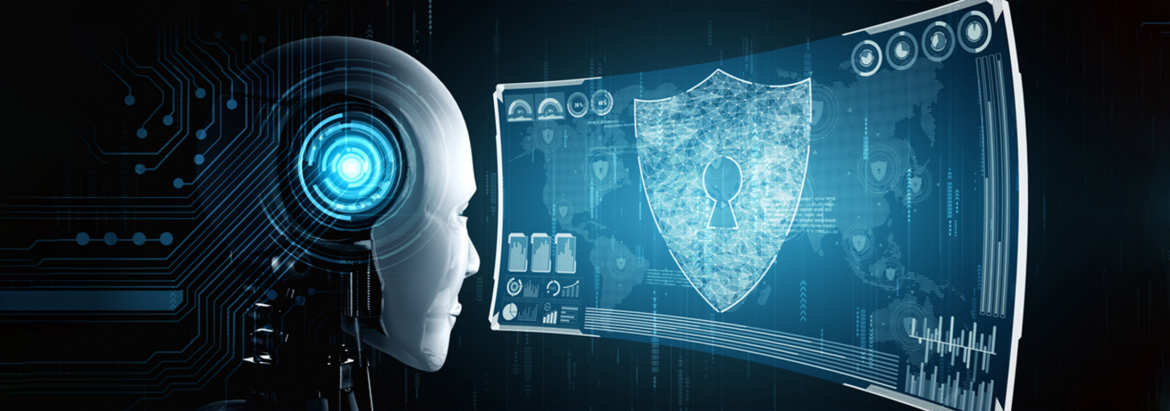
Role Of AI In Disaster Recovery And Protection


While implementing digital transformation, one of the many challenges a company must go through is to implement a strong disaster recovery program. IT downtime and failure can lead to loss of business and customer data. Companies try their best to reduce the count of power outages to avoid any loss of information. However, power outages can still occur and, safeguarding data is of utmost importance.
Why do you need to shift to AI-based tools for reducing IT outages? Businesses shifted to AI-based tools because legacy tools cannot handle the complexity of modern-day IT infrastructure. Application performance monitoring is an important process for predicting IT outages. Traditional monitoring tools cannot monitor the performance of applications and software systems rigorously which leads to unpredicted IT failures. To cope with the complexity of modern-day IT infrastructures, AI for application monitoring is used. Let us look at how AI helps in overcoming these challenges and reducing IT failures.
The biggest challenge for businesses in 2021 is that they cannot predict potential IT risks. They are blind when it comes to knowing the risks associated with their IT infrastructure. You could perform manual analysis and still miss the IT vulnerabilities present in your digital infrastructure.
AI for application monitoring helps in predicting IT risks is as follows:
Among all the AI-based tools, AIOps (Artificial Intelligence for IT Operations) is preferred for application performance monitoring nowadays. AIOps can perform rigorous application performance monitoring. It will collect telemetry data from each software system or endpoint connected to the IT infrastructure. The data collected by the AIOps-based platform is then analyzed to find any vulnerabilities associated with the IT infrastructure. All of this is done by an AIOps based analytics platform without any manual interruption.
The role of AI can also be seen in protecting sensitive business data. Organizations have access to customer data and information that cannot be leaked. AI helps an organization in making better policies to safeguard their business data. For example, an AIOps based analytics platform can provide valuable insights that can be used to make a better disaster prevention strategy. AI-based tools perform business impact analysis to find which components of the IT infrastructure need better protection. They can also let you know about the impact of any IT issue in terms of data loss. An AIOps based analytics platform is much better than someone performing manual analysis. When you feed a data set to an AIOps based analytics platform, it can return valuable insights in less time. All the previous IT outages are recorded by an AIOps based analytics platform that helps it to provide better insights.
All the log data, telemetry data, and customer data are continuously recorded by an AIOps based analytics platform. If some information is lost due to an IT outage, an AIOps-based platform will help IT teams in recovering it. AIOps is worthy even for complicated cloud-based IT infrastructures. Cloud architecture possesses temporary data and processes that are wiped off the next second. With AIOps based analytics platform, you can recall such processes and data in the cloud infrastructure.
When a power outage occurs within the IT infrastructure, you need to resolve it quickly to maintain service availability. AIOps enhances the disaster recovery process as follows:
The global AI market will be worth more than USD 185 billion by the end of 2025. Recent technologies like AI and big data are helping businesses to safeguard their sensitive business data. Start using AI for disaster recovery and boost service availability!
Please complete the form details and a customer success representative will reach out to you shortly to schedule the demo. Thanks for your interest in ZIF!